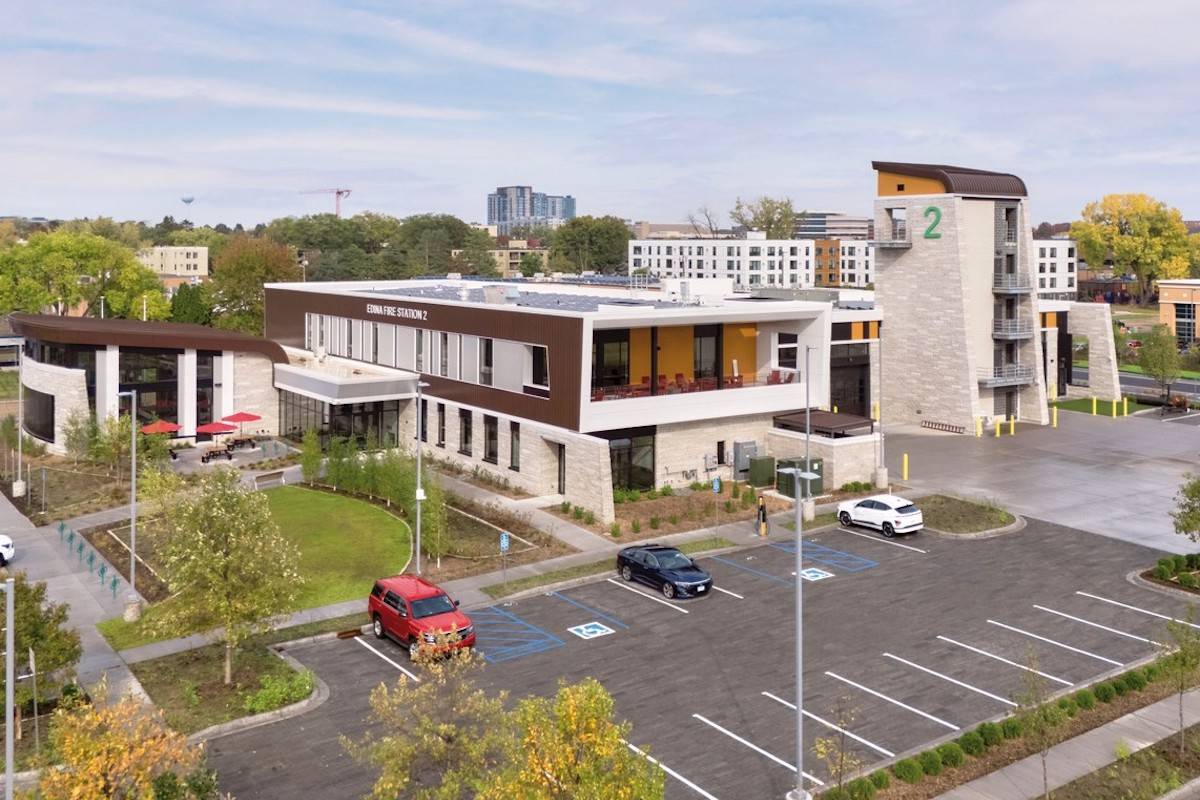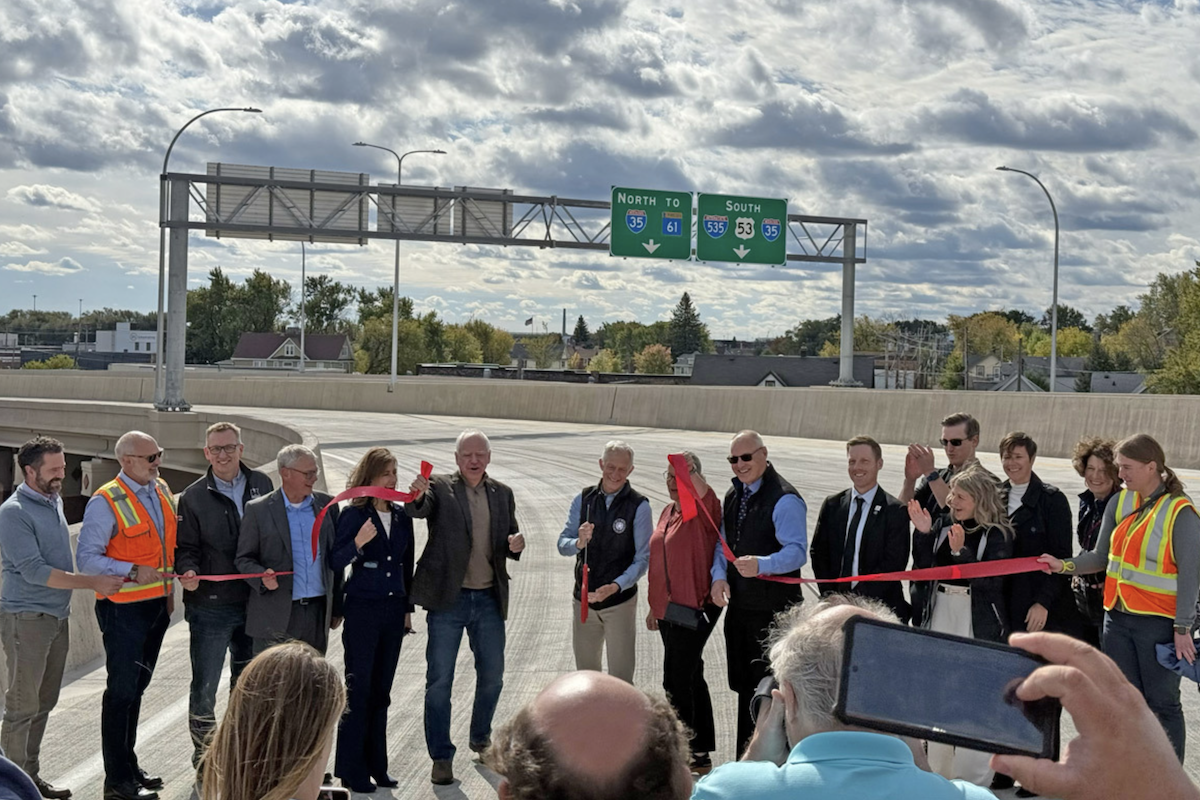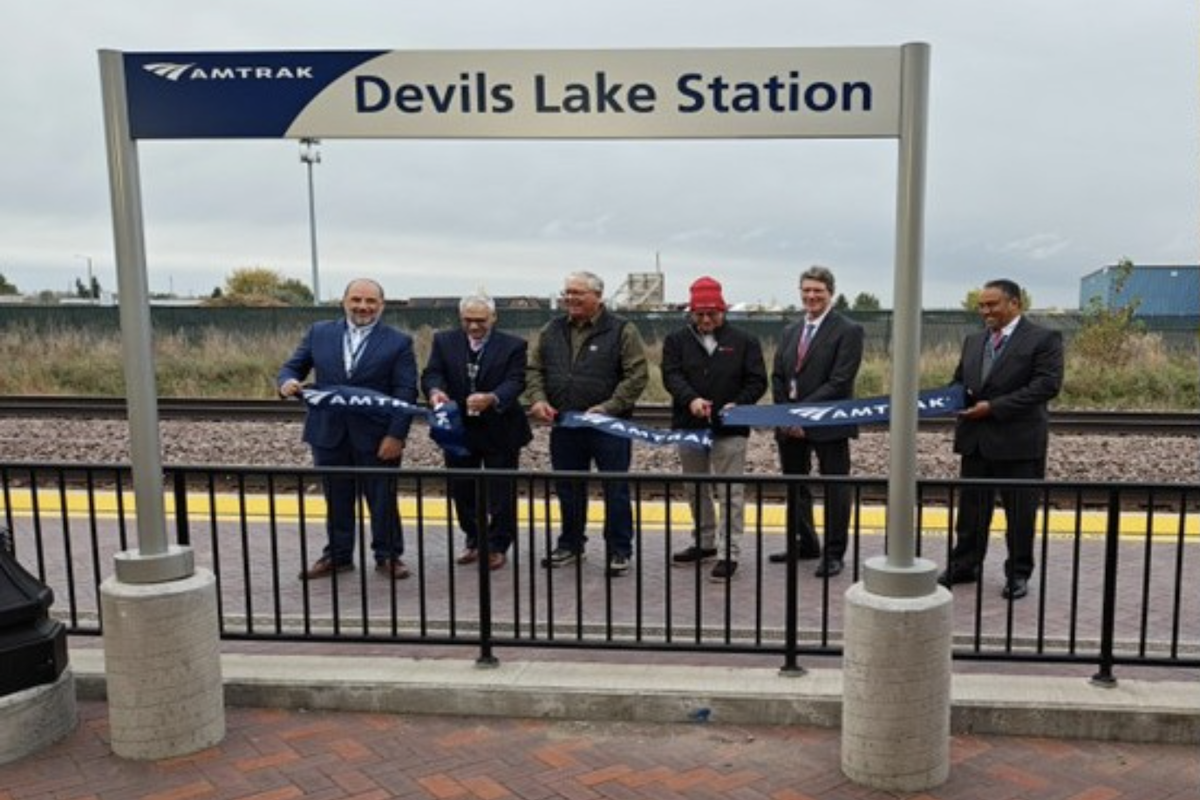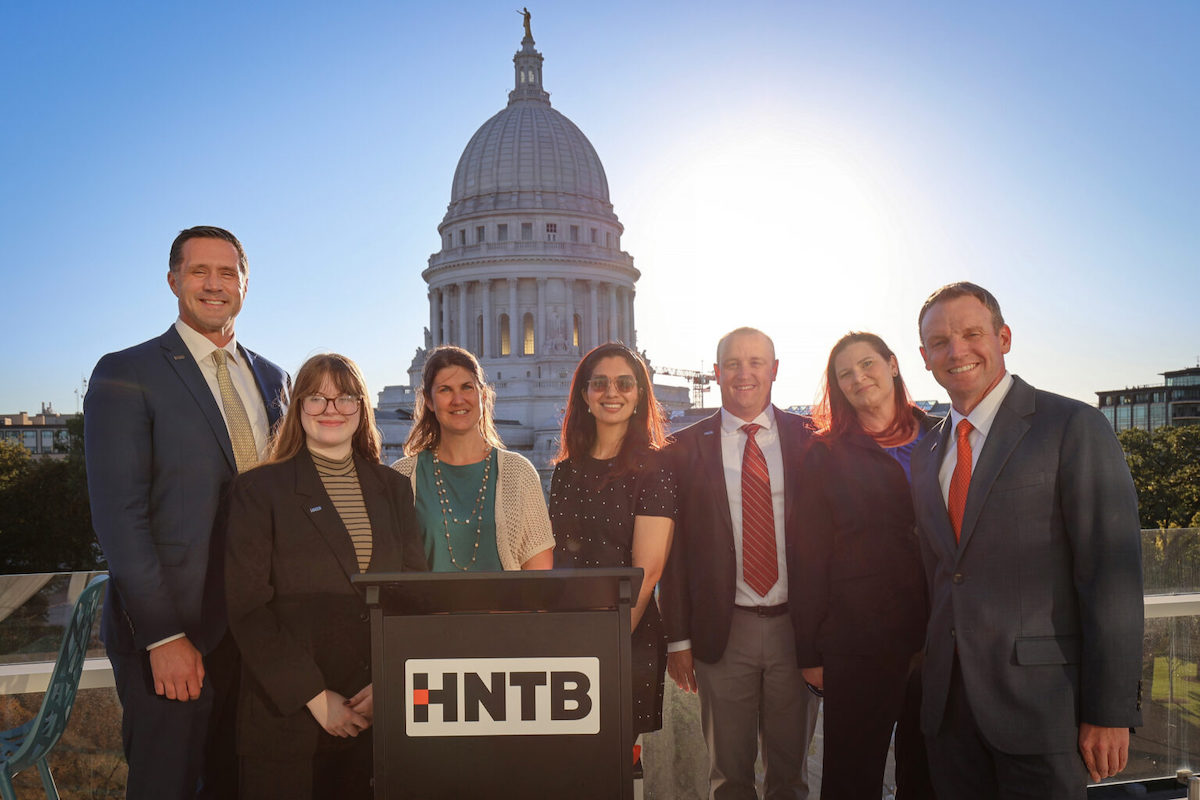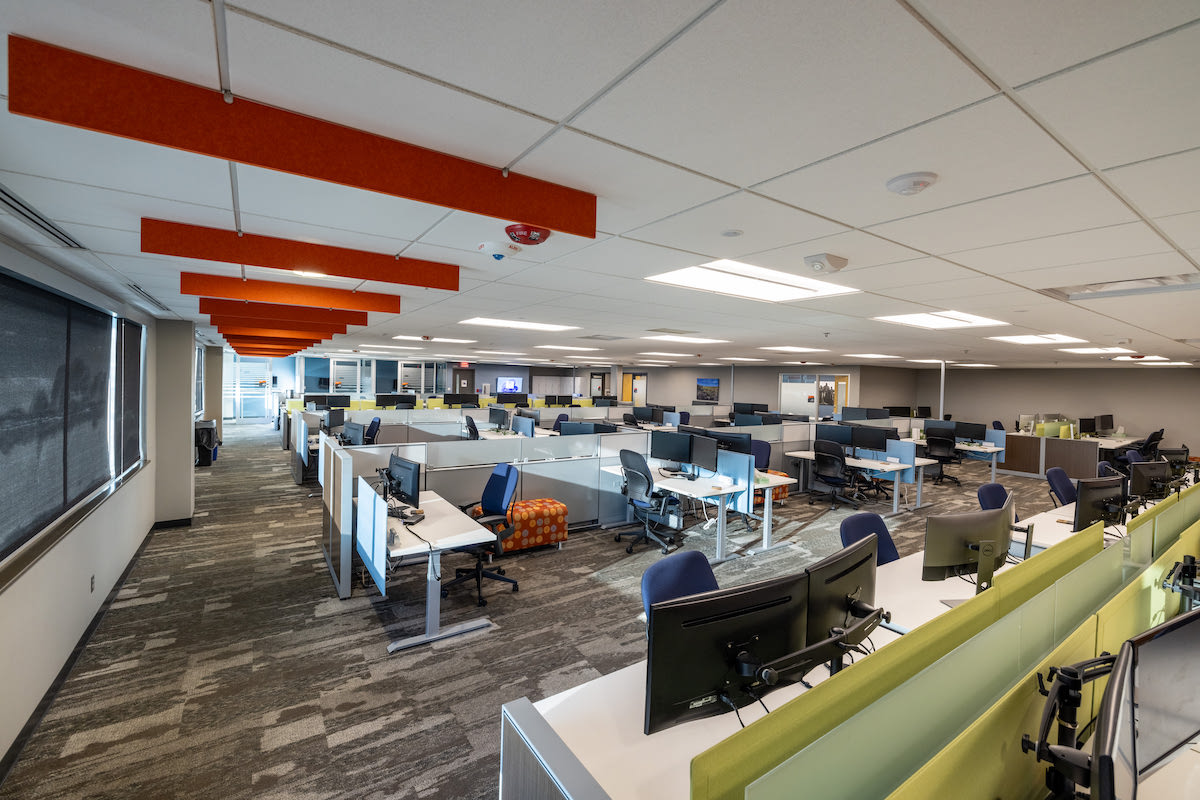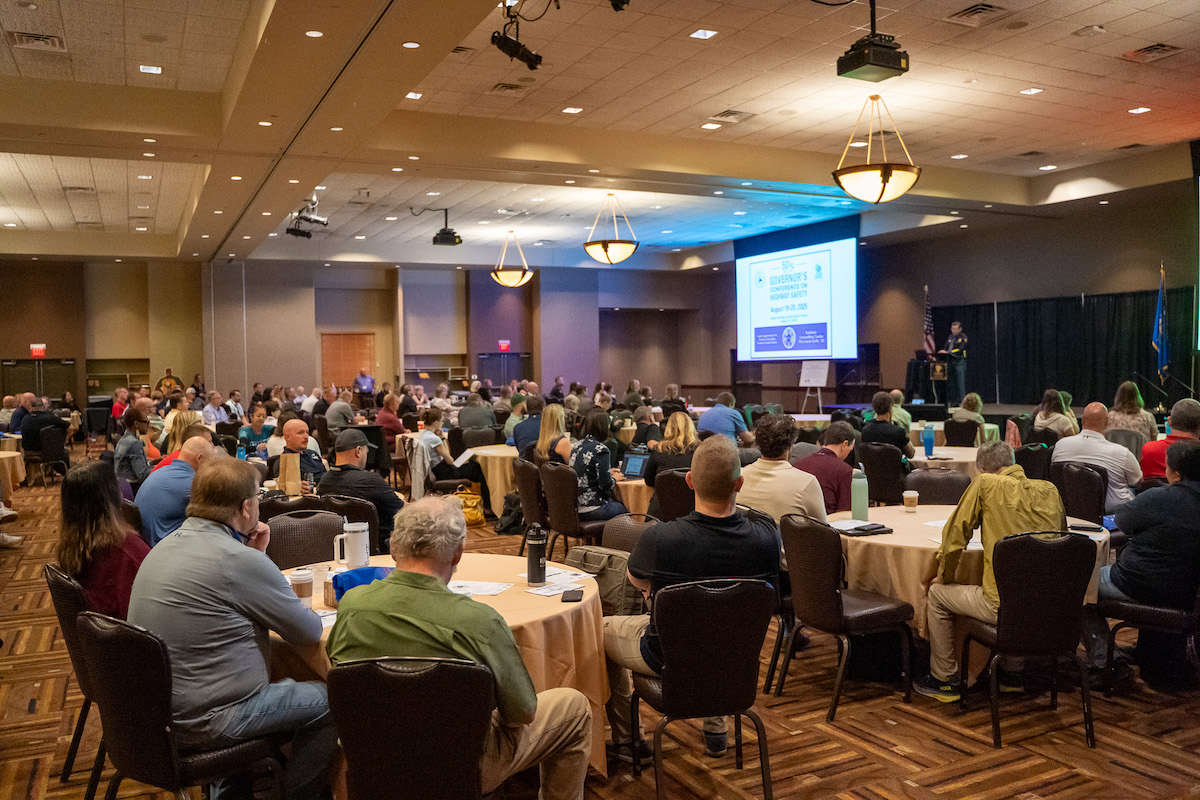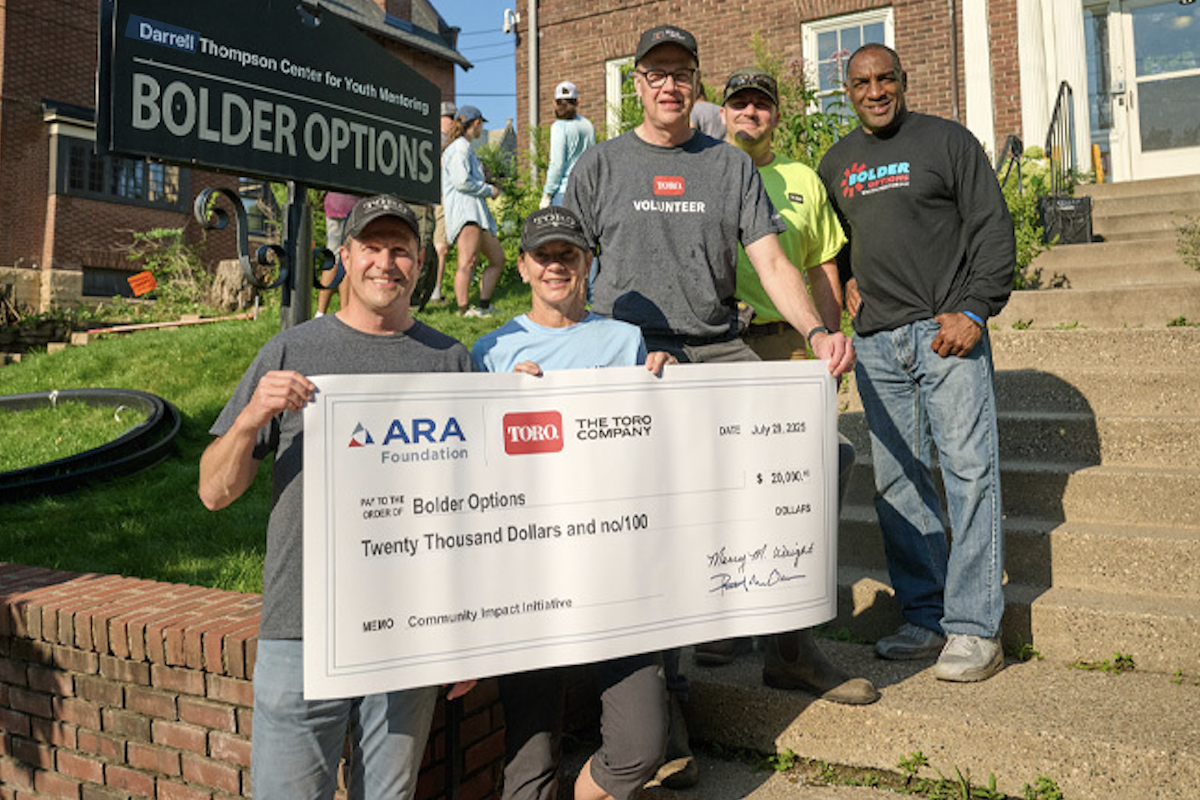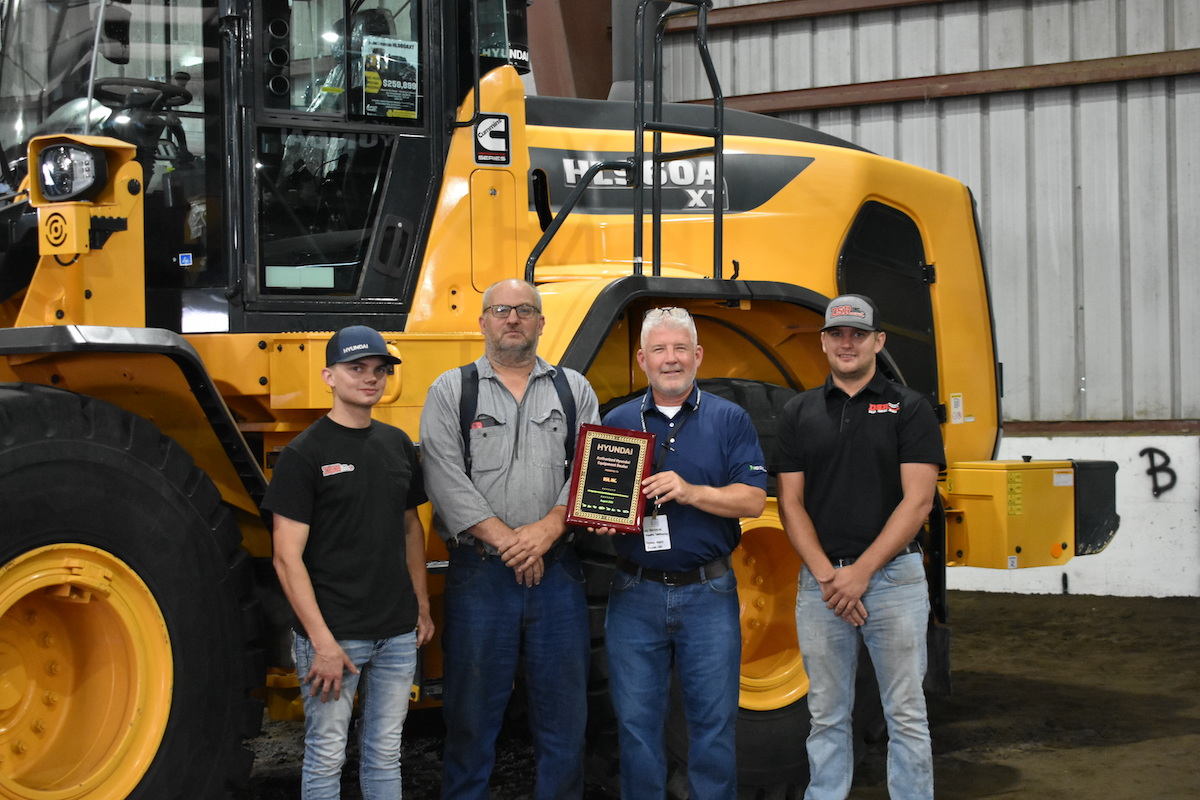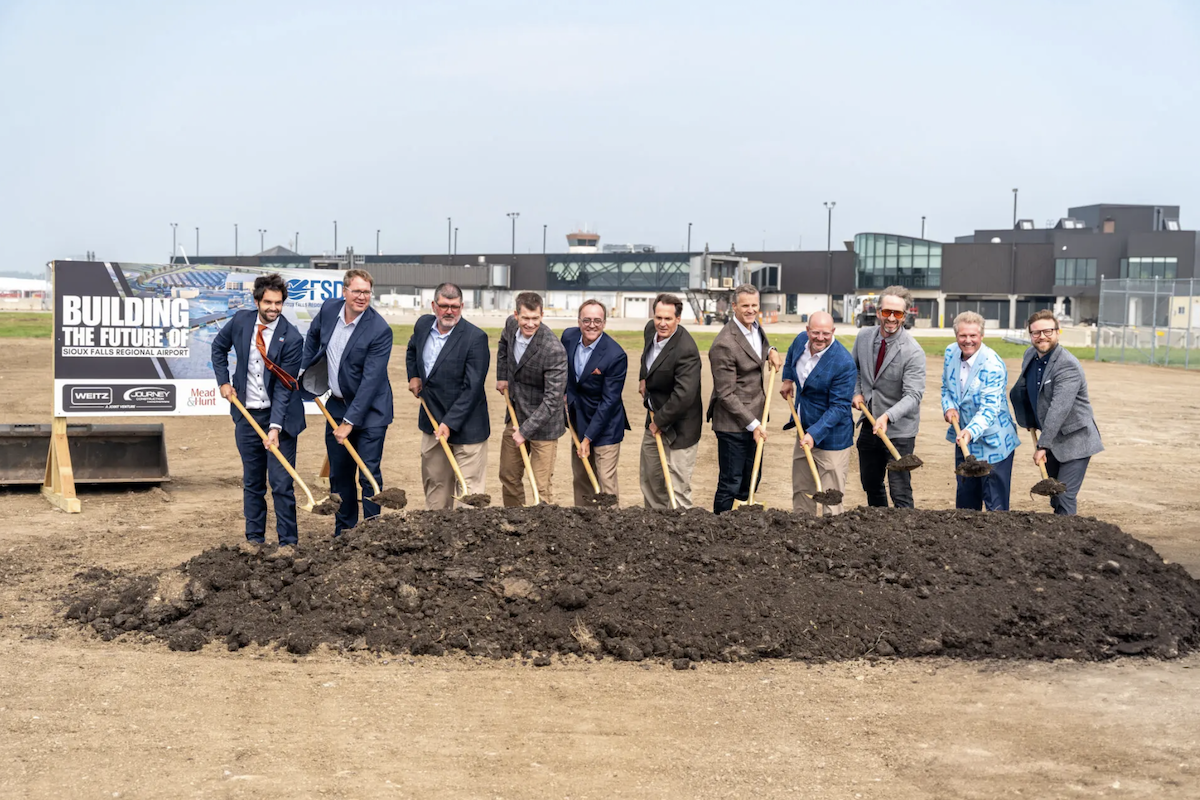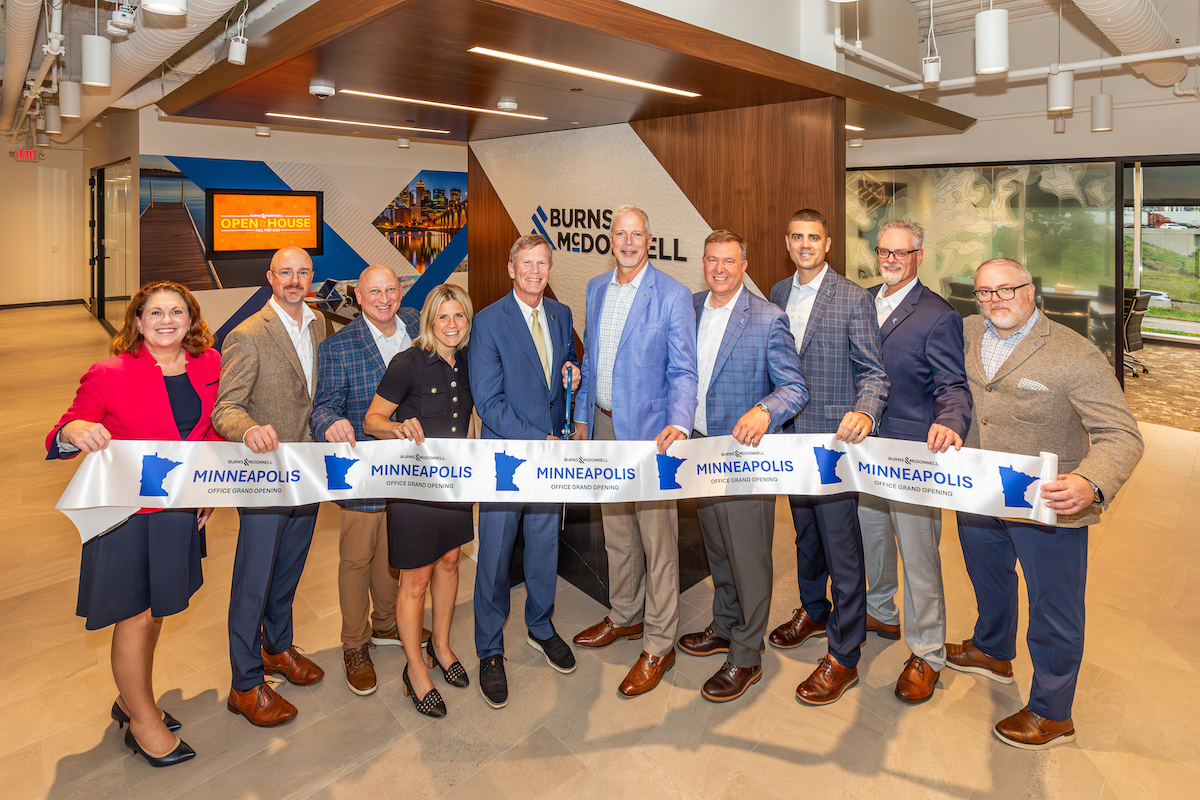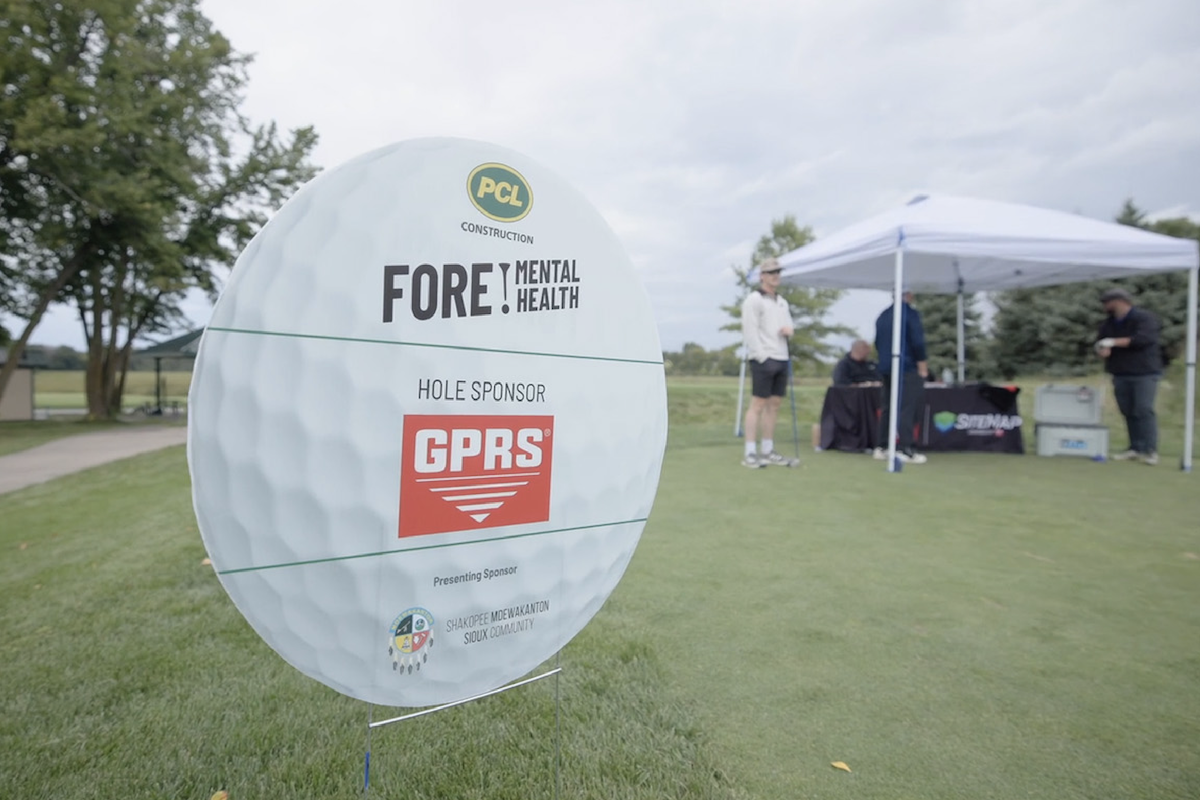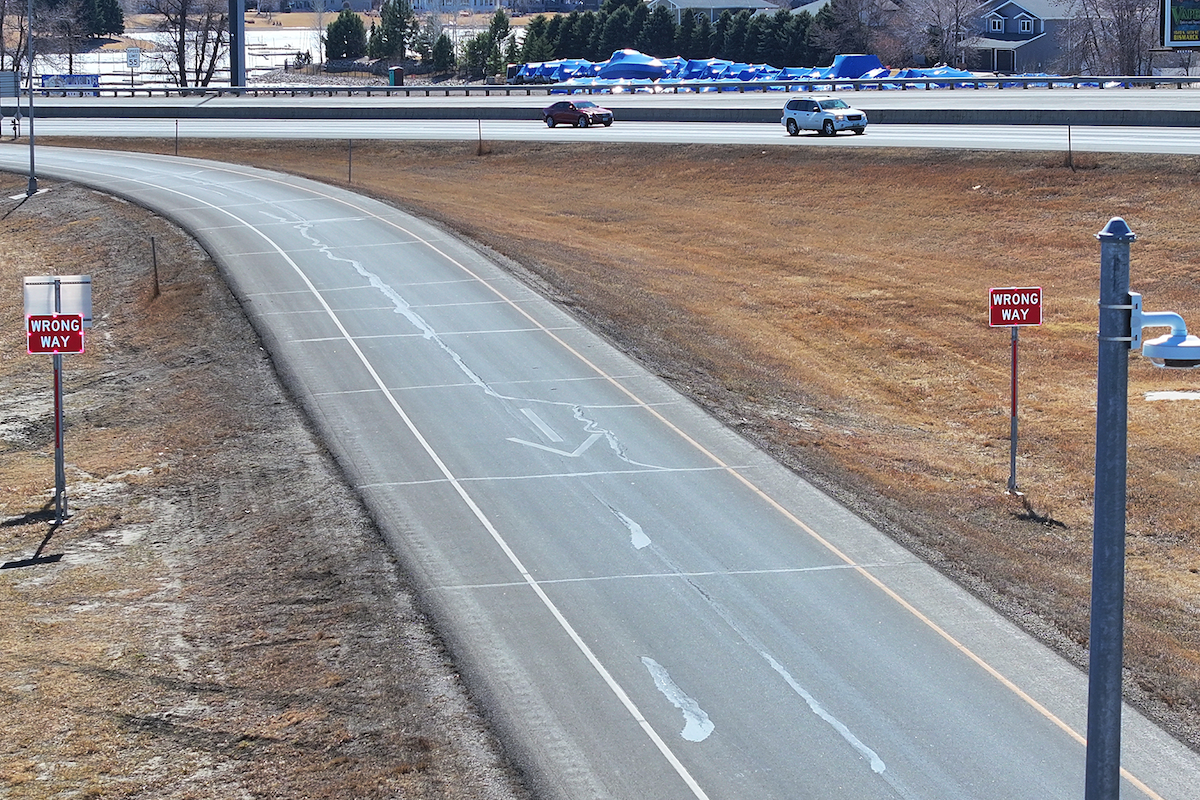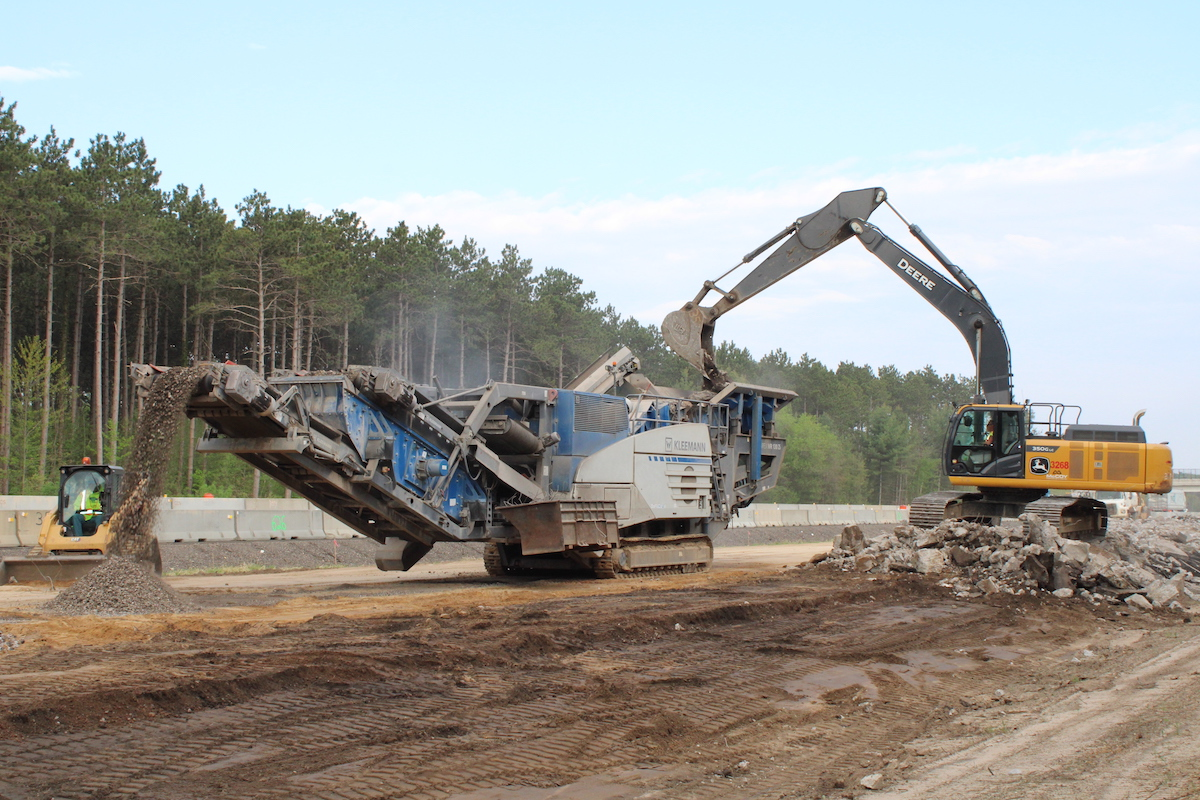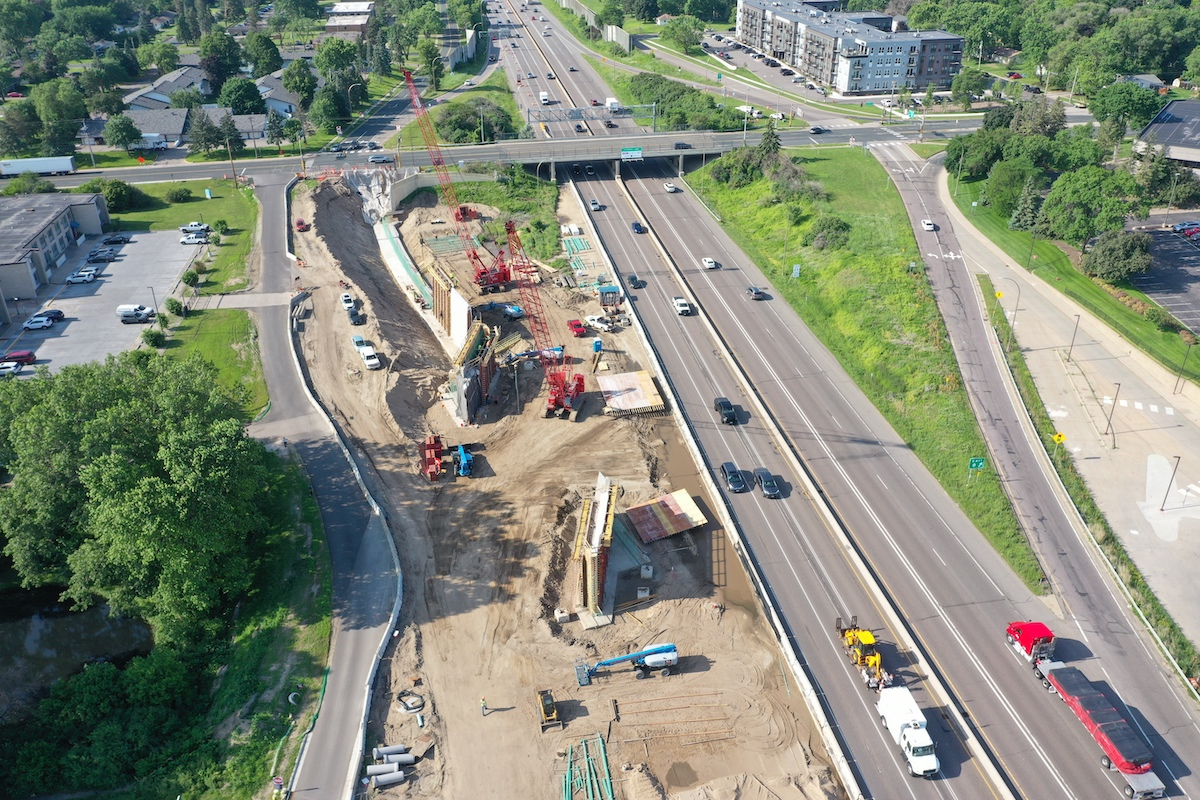Most trades require work to be performed at elevation at some time or another. Whether at-height work is performed regularly or is an infrequent exception, the importance of protecting workers from the risk of falling remains the same.
According to the Occupational Safety and Health Administration (OSHA), falls are the leading cause of injuries and fatalities among construction workers. In fact, data from the U.S. Bureau of Labor Statistics (BLS) shows that over a third of all fatalities on construction sites are due to falls. Our analysis of BLS data concluded that the last 30 years have seen a 17 percent increase in the overall number of workplace fall fatalities, with a steady increase since the year 2020.
According to OSHA, construction employers must protect their workers from falls of 6 feet or greater. The fall protection provided can be passive fall protection systems (e.g., guardrail or skylight screens) or active fall protection systems (e.g., horizontal lifelines or overhead anchorages).
However, determining which system will be most effective for the task at hand and encouraging user compliance can be quite the undertaking for even a seasoned safety professional. This article discusses the differences between various fall protection solutions and the benefits organizations can realize if they properly invest in fall protection systems.
Despite construction sites being dynamic work environments that can change on a day-to-day basis, passive fall protection systems are an effective solution in keeping workers safe.

| Your local Link Belt dealer |
|---|
| Hayden-Murphy Equipment Co |
The most common example of a passive fall protection system is guardrail. One of the best arguments in favor of guardrail is its sheer simplicity. Users simply must stay behind the guardrail and their risk of falling is virtually eliminated. Unlike other pieces of fall protection equipment, there are no annual inspections or certification processes required for guardrail.
Additionally, guardrail provides a highly versatile solution for any job site and for many stages in the project. OSHA 1926.502 lays out the specifications guardrail must meet to be considered compliant, and it can even be constructed onsite!
For outfits wanting to save time, companies like Diversified Fall Protection can provide prefabricated guardrail that can be installed with non-penetrating ballasted baseplates. Many safety suppliers even offer guardrail rental for subcontractors or short-term jobs. However, to prevent users from removing guardrail panels, it is best practice to fasten them to the walking working surface whenever possible.
While guardrail and other passive systems are extremely effective in eliminating fall hazards, they are not always feasible to install depending on the stage of the project. In those scenarios, an active fall protection system will be necessary.

| Your local Volvo Construction Equipment dealer |
|---|
| Nuss Truck & Equipment |
Active fall protection systems require a dedicated anchor point for each worker, a body harness for each worker, and a personal connection device to tie into the system. No singular component of a personal fall arrest system is more important than another; each must be compatible and work in unison to protect the user.
Depending on the span of the working area, employers must decide if a single-point anchor system is suitable or if a linear system will be required.
Single-Point Systems
Single-point systems might seem more cost-effective upfront or quicker to install, but users are limited in how far they can walk away from their anchorage. ANSI Z359 does not permit users to work more than 15 degrees away from their anchorage lest they be subject to swing fall. (Swing fall is when a user’s fall clearance is extended, and they risk hitting nearby objects during the path of their fall.)
It is difficult to calculate the acceptable working span on a single anchor, but a general rule of thumb is to walk no more than 6 to 8 feet away from an overhead anchorage. However, the higher the anchorage, the larger the working span for the user.

| Your local Komatsu America Corp dealer |
|---|
| Road Machinery and Supplies Company |
Furthermore, since OSHA requires constant fall protection for workers at heights, companies utilizing single-anchor point systems will be required to supply 100 percent tie-off connection devices with twin-leg attachments. While users are still connected to their primary anchorage, they would have to walk over and connect to their next anchorage, return to their primary anchorage to disconnect, and then finally continue their task.
While thorough training can educate workers on using these systems properly, the likelihood of accidental misuse or neglect to comply with procedures increases. When equipment is not used properly, the risk of injury increases.
Linear Systems
Linear systems such as horizontal lifelines or overhead truss systems offer the same protection factor as single-point anchorages but are less cumbersome for users. While many options are available in the market, this article will only reference horizontal lifelines for conciseness, but the benefits are shared with similar linear systems.
These systems can typically accommodate more than one user and can extend the entire span of the working surface. This allows multiple workers to connect to the same system and allows greater freedom of movement along the working area. Workers can spend less time configuring their safety equipment and more time completing their tasks.

| Your local Trimble Construction Division dealer |
|---|
| SITECH Northwest |
These systems can be installed at foot level, if necessary, but it is always preferred to install anchorages overhead to reduce the amount of freefall that will occur during a fall. Increased freefall generates more force during fall arrest and elevates the risk of injury.
No matter the solution chosen for the project, consistent training is imperative to ensure workers understand the capabilities and limitations of the fall protection system they will use.
OSHA requires every employer to designate authorized users so it is clear which personnel can use specified fall protection equipment on the job site. Training can be performed in-house, but it is recommended to put users through a comprehensive authorized user four- or eight-hour training program provided by a fall protection manufacturer or ANSI-accredited third-party trainer like Diversified Fall Protection.
Comprehensive, initial fall protection training gives users more in-depth knowledge of OSHA requirements and best practices for various solutions. When workers are more informed on basic fall protection principles, they can provide further accountability to safety departments and ensure systems will work as intended. If a workforce is better educated on safe practices, the entire job site will benefit.

| Your local Gomaco dealer |
|---|
| Swanston Equipment Co |
| Hayden-Murphy Equipment Co |
The most obvious benefits of fall protection equipment are that risks can be mitigated, injuries can be prevented, and tragedies can be avoided. However, many employers overlook the multitude of other benefits realized when fall protection is provided and workers are educated to work safely.
Contrary to some beliefs, investing in fall protection equipment at the start of a project can be a cost-saving measure — especially if the investment prevents a fall from occurring.
According to the National Safety Council, the average worker’s compensation payout for a fall incident is nearly $50,000 — and that does not include the additional costs if the fall results in fatal injuries. Litigation fees, OSHA penalties, and other administrative costs in replacing the employee(s) involved in the fall are some direct costs that will likely occur after a fall incident.
Indirect costs — such as downtime on the project, decreased morale and productivity, diminished professional reputation, and employee turnover — can also result after a fall. In fact, some sources estimate indirect costs can be up to four times as expensive as direct costs!

| Your local Link Belt dealer |
|---|
| Hayden-Murphy Equipment Co |
The passing of the Occupational Safety and Health Act in 1970 was the first time in U.S. history that employers were legally obligated to provide safe workplaces for their employees. In recent years, OSHA has partnered with the construction industry to advance this work and make fatal falls on job sites a thing of the past.
If construction companies prioritize investing in fall protection and other safety equipment as early as possible in the project, they can see a return on investment in the form of more productive, more loyal, and more tenured employees.
At the end of the day, we’re not just discussing numbers balancing on a spreadsheet; we’re discussing protection for the humans who build our nation’s infrastructure, warehouses, offices, and housing. No price can be assigned to a human life. Our resources must be directed toward protecting workers and ensuring they make it home. If a company asks its laborers to risk their lives to complete a job, they have a moral obligation to protect those workers from the hazards on the job site.
Philip Jacklin is Continuing Education Program Manager for Diversified Fall Protection. He is an AIA continuing education provider, QSSP certified, OSHA-30 trained, and has been a partner to the fall protection industry since 2018. He has a background in worker advocacy, team leadership, and fostering camaraderie among peers.














